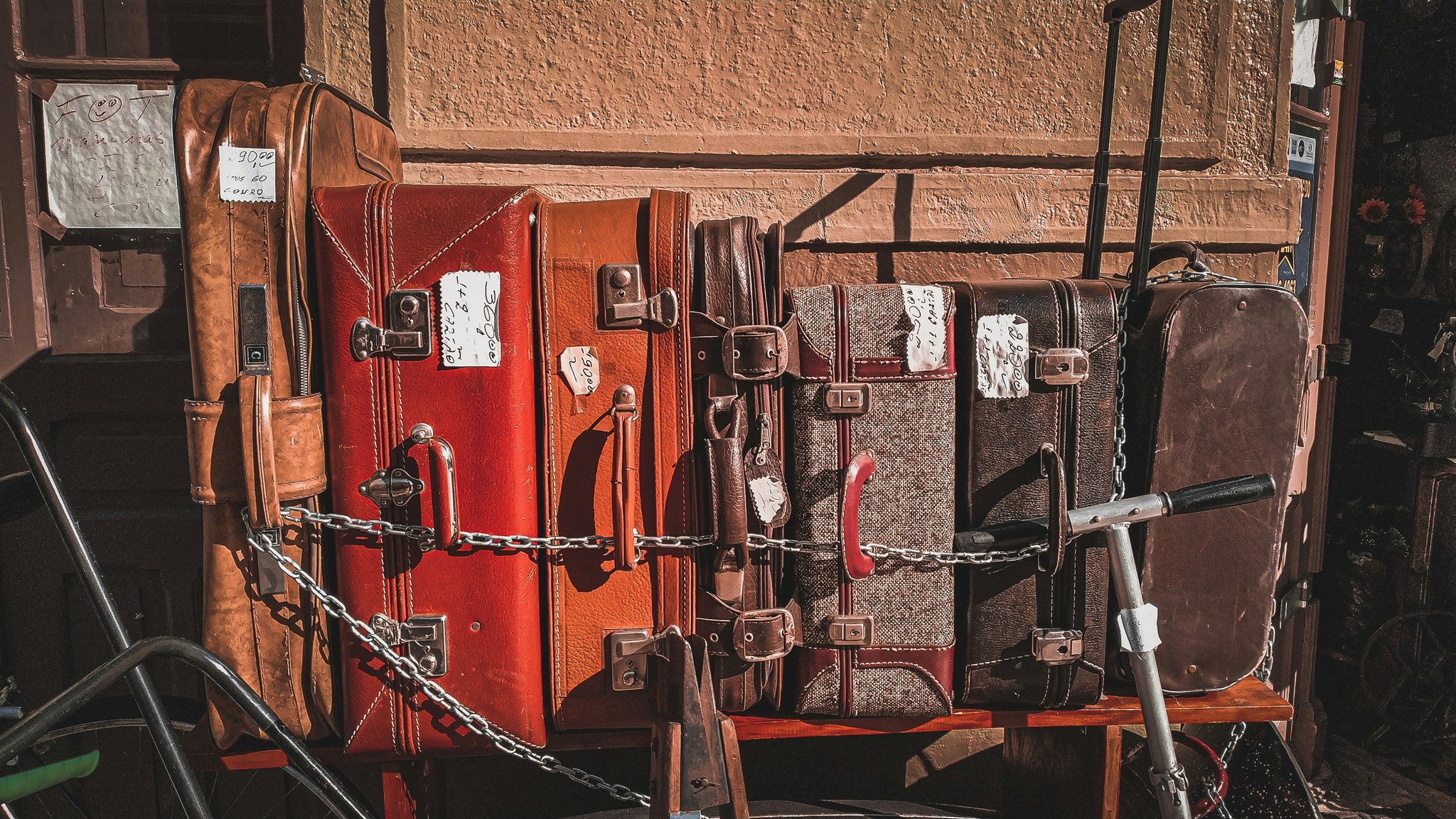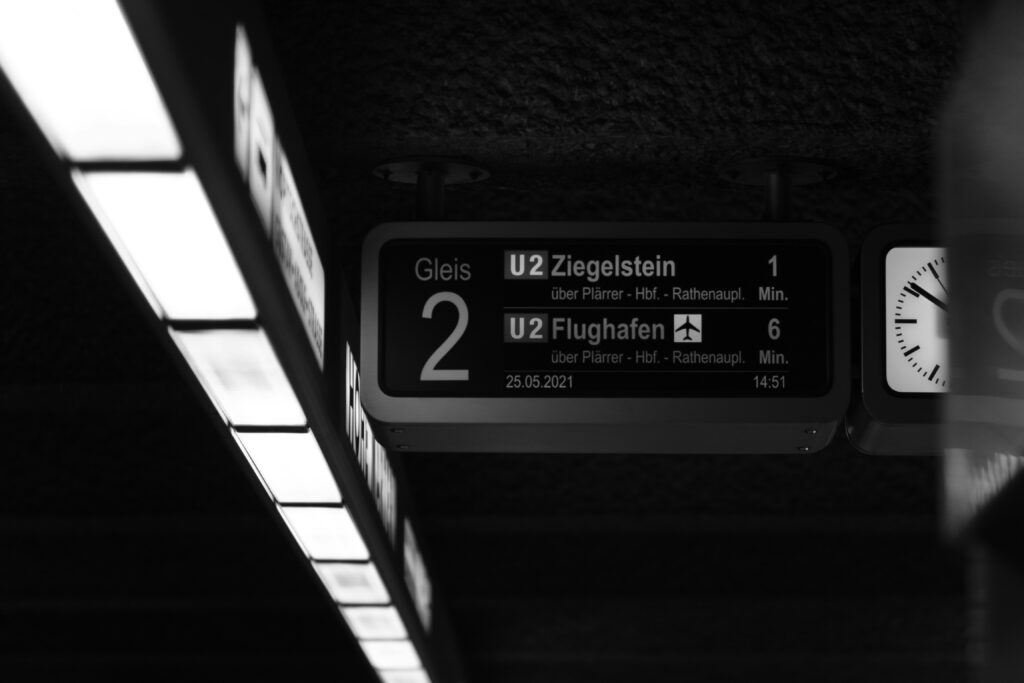Ever landed in paradise only to discover your suitcase is stuck in purgatory? Yeah, us too. Imagine stepping off the plane ready for a tropical escape, only to find out you’ll be rocking the same outfit for three days because your luggage decided it needed a vacation of its own. That’s where baggage tracking insurance comes in—a lifesaver no traveler should skip.
In this article, we’ll delve into everything you need to know about baggage tracking insurance. By the end, you’ll understand what it is, how to choose the right plan, and tips to maximize its benefits (plus some brutal honesty on why not all policies are created equal). Ready? Let’s unpack this together.
Table of Contents
- Why Baggage Delay Matters More Than You Think
- How to Choose the Right Baggage Tracking Insurance Plan
- 5 Best Practices When Using Baggage Tracking Insurance
- Real-World Examples of Baggage Tracking Success Stories
- Frequently Asked Questions About Baggage Tracking Insurance
Key Takeaways
- Baggage tracking insurance ensures peace of mind by covering delays and lost items during travel.
- Choosing the best policy requires understanding coverage limits, exclusions, and cost.
- Tips like keeping receipts and documenting claims can streamline compensation processes.
- Not all insurers play fair; read reviews and double-check terms before buying.
Why Baggage Delay Matters More Than You Think
Picture this: Your flight lands, but your checked bag doesn’t. It happens more often than you’d think—over 7 million bags were mishandled globally last year alone! And those hours waiting at baggage claim while praying your suitcase shows up? They add up faster than Instagram likes on a food pic.
This isn’t just an inconvenience—it can ruin vacations, business trips, or even emergency travels. Missing essential medication, formal attire for events, or gear for outdoor adventures leaves travelers scrambling. Enter baggage tracking insurance: a shield against chaos.

Figure 1: Infographic highlighting annual baggage mishandling rates worldwide.
How to Choose the Right Baggage Tracking Insurance Plan
Optimist You: “There’s nothing simpler than clicking ‘buy now,’ right?”
Grumpy You: “Ugh, fine—but grab a coffee first. This needs focus.”
What Should You Look For?
To cut through the jargon, here’s a breakdown of key factors:
- Coverage Limits: Does the plan cover enough to replace your belongings if they’re delayed beyond recovery?
- Exclusions: Some plans won’t pay out unless the airline verifies the delay. Double-check these clauses.
- Claims Process: Is filing a claim straightforward, or does it feel like trying to decode ancient hieroglyphics?
Pro Tip: Don’t fall for the cheapest option blindly. Sometimes, slightly pricier plans offer perks like faster reimbursements or better customer support.
![]()
Figure 2: Comparison chart detailing features and costs of popular baggage tracking insurance options.
5 Best Practices When Using Baggage Tracking Insurance
If misusing baggage tracking insurance had a Hall of Fame, trust me—I’d be MVP. Here’s my confessional fail: I once assumed slapping “Lost Luggage” onto any old ticket would magically trigger payouts. Spoiler alert—it didn’t.
So let’s avoid rookie mistakes:
- Document Everything: Snap photos of valuable items inside your luggage before checking it in. Sounds tedious, but it pays off big time when filing claims.
- Keep Receipts: Need new clothes or toiletries due to a delay? Save every receipt—they’re golden tickets.
- Understand Timeframes: Most insurers require delays exceeding 6–12 hours for compensation eligibility.
- Avoid Overpacking Essentials: Keep meds, chargers, and must-haves in your carry-on. Because… priorities.
- Read Reviews: Not every provider plays nicely. Check forums and review sites for real-world feedback.
Real-World Examples of Baggage Tracking Success Stories
Let’s meet Sarah, who found herself stranded without her hiking boots mid-backpacking trip after her bag went MIA. Thanks to her comprehensive baggage tracking insurance, she received $500 within days to buy replacements and continue her adventure.
On the flip side, there was Dave, whose budget policy left him high and dry despite promises of “comprehensive” coverage. His rant-worthy takeaway? Always scrutinize the fine print—or prepare yourself for headaches later.

Figure 3: Before-and-after comparison showcasing successful vs. unsuccessful claims based on policy choice.
Frequently Asked Questions About Baggage Tracking Insurance
Q: How long do I wait before claiming baggage delay compensation?
A: Typically, delays must exceed 6–12 hours depending on the insurer. Confirm specifics in your policy.
Q: Can I claim for emotional distress caused by lost luggage?
A: Unfortunately, no. Coverage focuses on tangible expenses rather than feelings.
Q: Do all airlines offer baggage tracking insurance?
A: No, many partner with third-party providers. Research thoroughly before booking.
Conclusion
We’ve covered quite the journey—from explaining why baggage tracking insurance is vital to arming you with actionable steps to make smart choices. Remember, accidents happen, but preparation prevents panic.
So go ahead, book that dream trip. Just don’t forget to pack some extra cash—and protection—for when life throws curveballs. After all, traveling isn’t just about seeing places; it’s about doing so stress-free.
Like finding Wi-Fi in remote jungles, good insurance feels impossible until you have it. Safe travels!
Haiku Bonus:
Suitcases roam free, Baggage insurance saves day— Travel zen restored.
